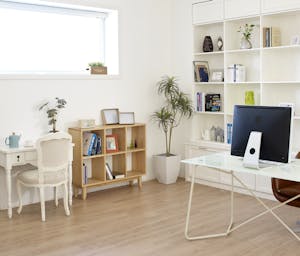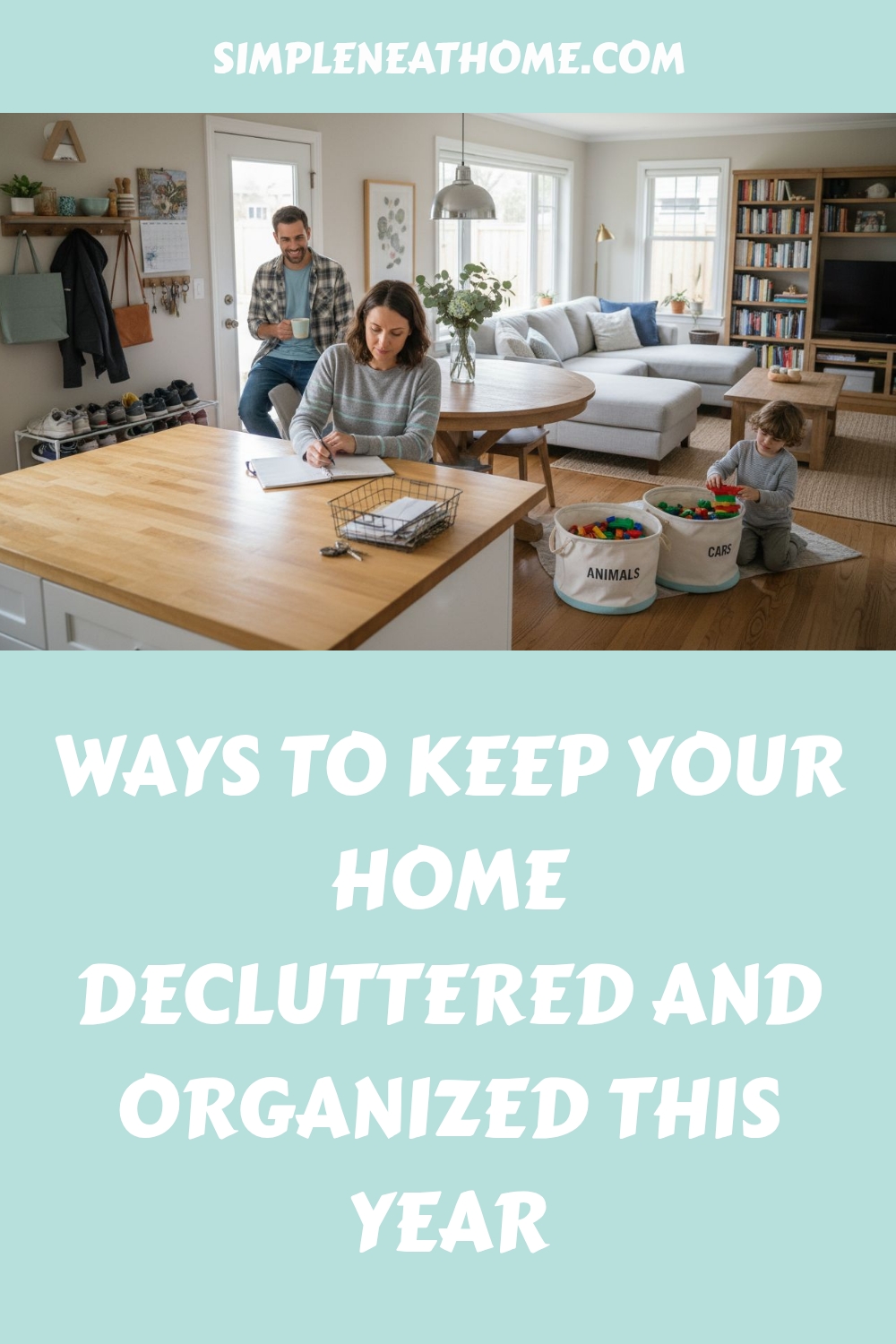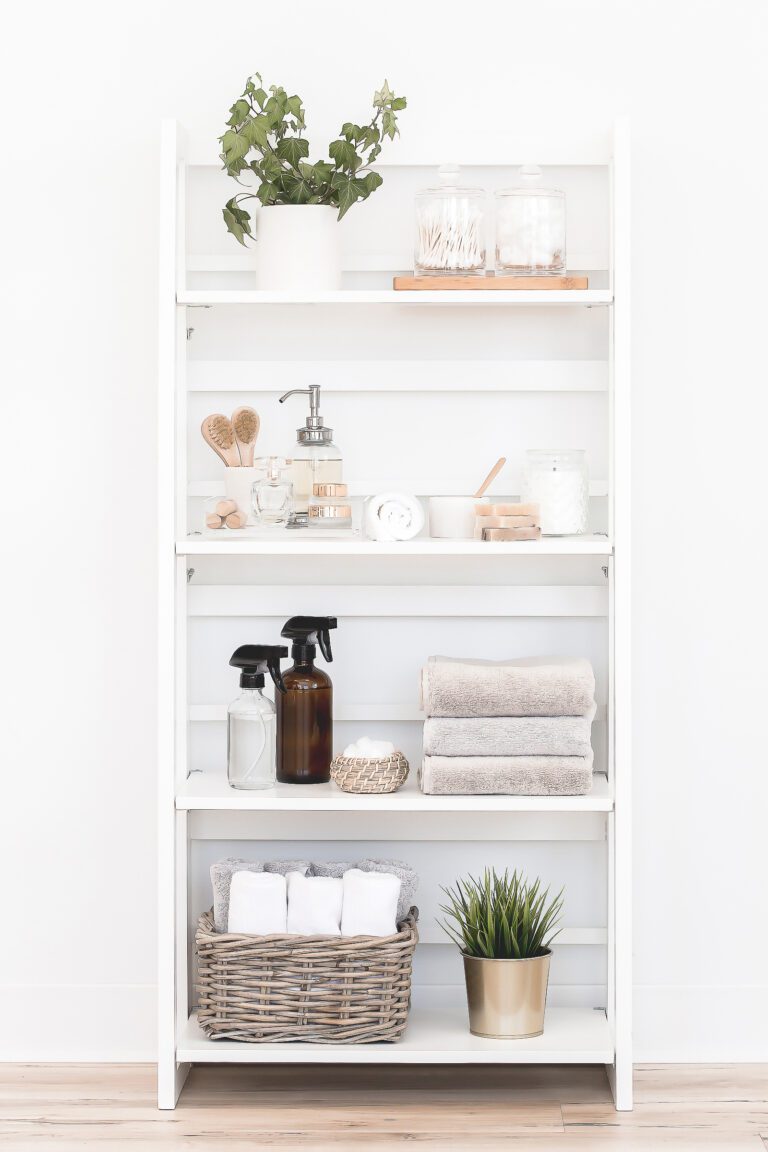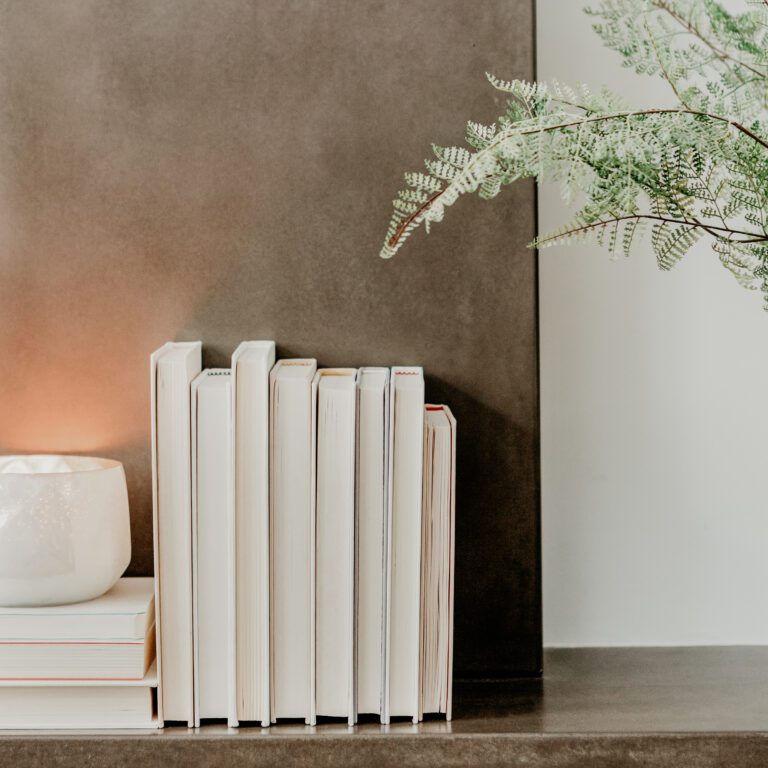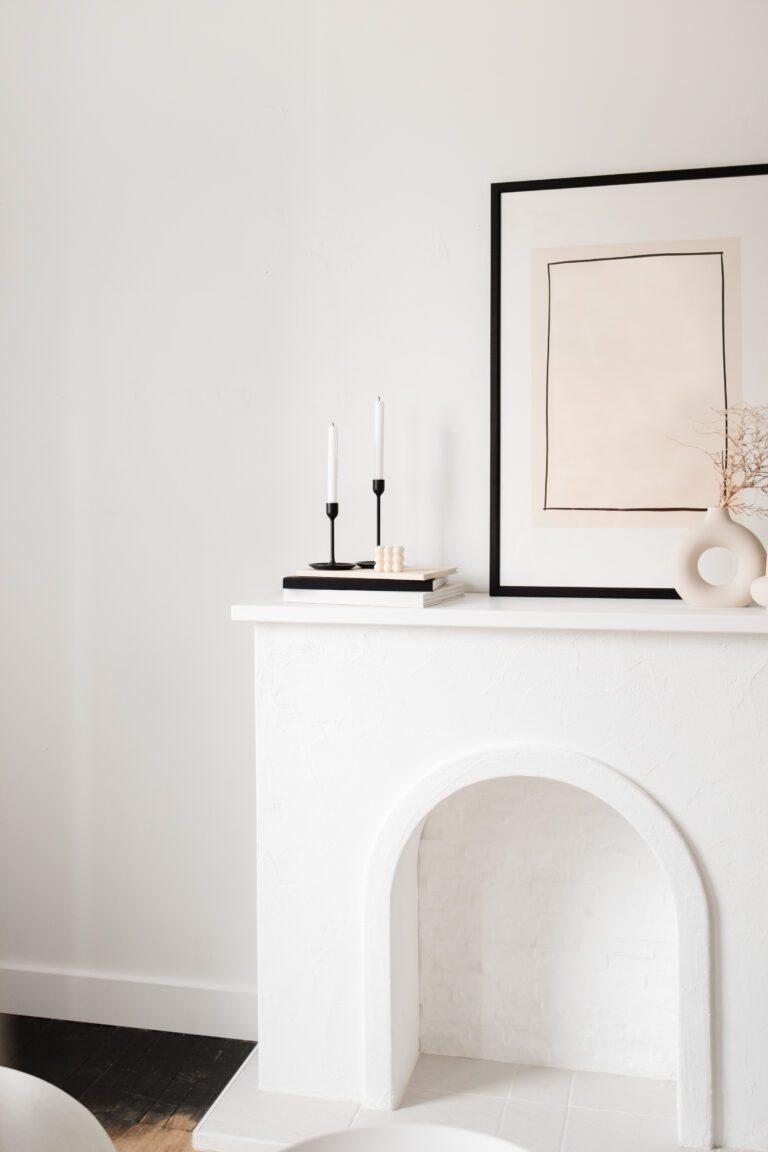Ways To Keep Your Home Decluttered And Organized This Year
Nearly 40% of people say clutter in their home makes them feel anxious and overwhelmed. Messy spaces can sneak up on anyone, making even simple tasks feel impossible. Tackling disorganization starts with one clear step: understanding exactly where clutter collects in your home. This guide breaks the process into manageable actions so you can transform chaos into comfort with confidence.
Table of Contents
- Step 1: Assess Your Current Clutter Zones
- Step 2: Sort And Categorize All Household Items
- Step 3: Purge Unnecessary Belongings Regularly
- Step 4: Designate Smart Storage Solutions
- Step 5: Establish Daily Tidy-Up Routines
- Step 6: Review And Adapt Your Organizing Systems
Quick Summary
| Key Point | Explanation |
|---|---|
| 1. Assess clutter zones methodically | Walk through each room and evaluate clutter to create a strategic decluttering plan. Use categories: keep, donate, and discard. |
| 2. Sort items into distinct categories | Gather items by area and classify them to reduce visual noise and create manageable zones in your home. |
| 3. Purge items regularly | Schedule quarterly check-ups to remove items you haven’t used in a year, ensuring you maintain a clutter-free space. |
| 4. Design smart storage solutions | Use vertical space and labeled containers to maximize your storage potential, keeping your belongings organized and easily accessible. |
| 5. Establish daily tidying routines | Dedicate a few minutes each day for quick clean-ups to prevent clutter buildup, making home management more manageable. |
Step 1: Assess your current clutter zones
Getting a clear picture of your home’s clutter situation is the first step toward creating a more organized living space. By carefully examining each area, you’ll develop a strategic plan to tackle disorganization effectively.
Start by grabbing a notebook and walking through each room with fresh eyes. According to the Clutter Image Rating Scale, you want to objectively evaluate how cluttered each space has become. Take photos if possible these help you see your space more neutrally. Look for key signs of clutter like stacks of papers, unused items covering surfaces, or rooms where furniture movement is difficult.
As you assess each zone ask yourself specific questions such as when you last used an item and whether it truly adds value to your life. In areas like your living room or home office pay special attention to surfaces that tend to accumulate random objects. Pro tip create three mental categories while assessing look items to keep items to donate and items to discard. This approach transforms your assessment from an overwhelming task into a clear actionable process.
Ready to dive deeper? Your next step will be creating a targeted decluttering strategy based on these zone assessments. Explore our guide on starting to declutter to keep your momentum going strong.
Step 2: Sort and categorize all household items
Sorting and categorizing your household items is a crucial step in creating a clutter free home. By systematically organizing your belongings you will transform chaos into calm and create spaces that feel manageable and peaceful.
According to Illinois Early Learning, sorting items into specific groups is a fundamental organizational skill. Start by gathering all items from a specific area like your closet or kitchen cabinets. Create distinct categories such as keep donate sell and discard. As recommended by Iowa PBS, this classification process helps make daily tasks more manageable by reducing visual noise and creating clear zones.
Pro tip grab some large bins or boxes to help with your sorting process. Label each container clearly and work systematically through each room. In your living areas focus on surfaces like coffee tables shelves and countertops. For clothing areas use categories like seasonal wear work clothes and items to donate. Remember the goal is not perfection but progress. Creating a system that works for you means being honest about what you truly need and use.
Ready for the next step? Explore our guide on 100 things to declutter to help you make confident decisions about what stays and what goes.
Step 3: Purge unnecessary belongings regularly
Regularly clearing out unnecessary items is the secret to maintaining a clutter free home. By intentionally evaluating and removing items that no longer serve a purpose you create space for what truly matters in your life.
According to Habitat LMC, a powerful strategy is to assess and declutter items not used in the past year. This means taking a hard look at your belongings and asking yourself tough questions. Do you really need that stack of magazines from two years ago? Will you actually repair that broken gadget sitting in the corner? Create a quarterly purging schedule where you systematically go through different areas of your home.
As recommended by Utopia, focus on keeping items visible and functional. This approach helps prevent unnecessary accumulation.
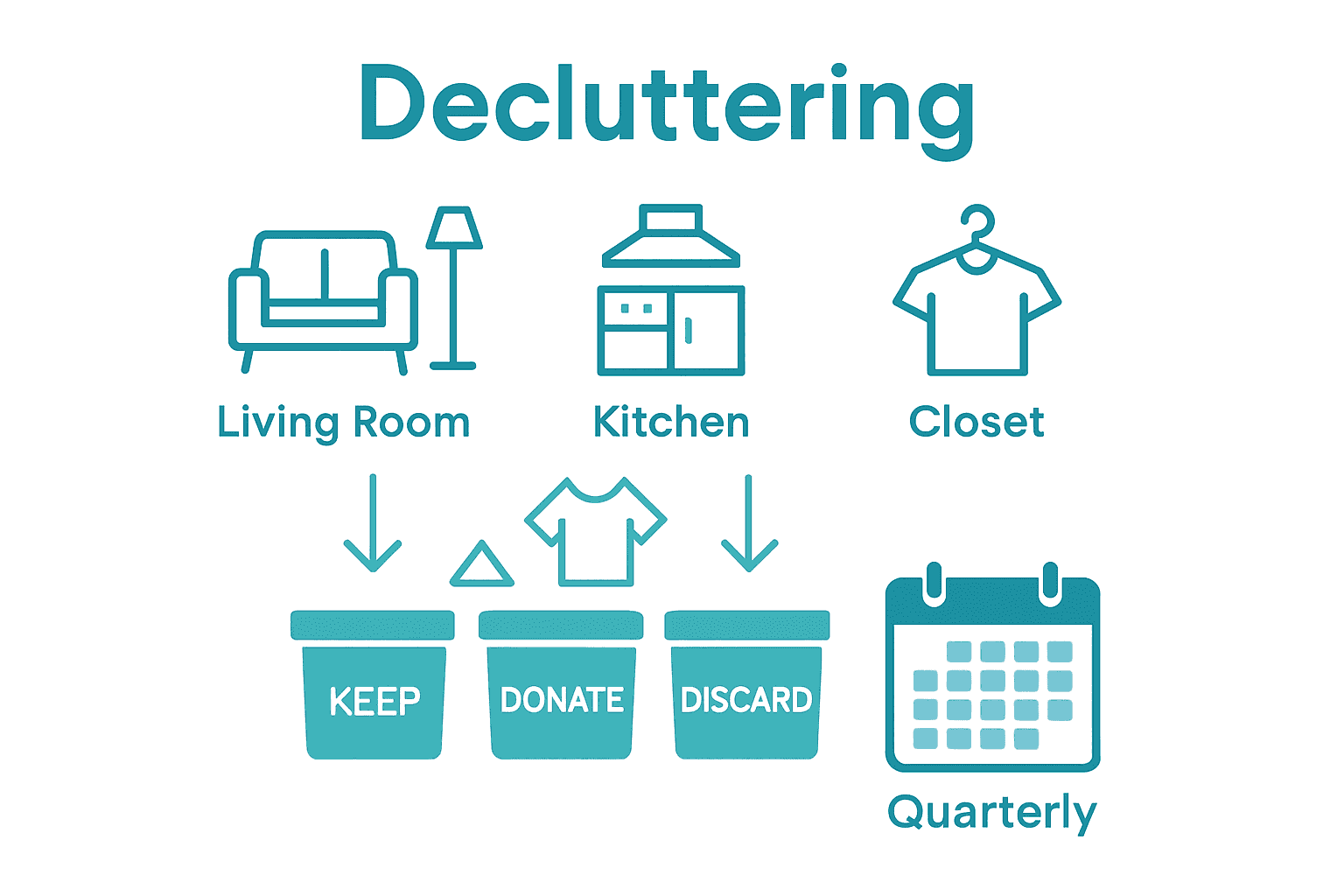 Consider implementing a one in one out rule where every new item you bring home means another item must be donated or discarded. Learn how to be ruthless when decluttering your clothes to jump start your purging process and make confident decisions about what stays in your wardrobe.
Consider implementing a one in one out rule where every new item you bring home means another item must be donated or discarded. Learn how to be ruthless when decluttering your clothes to jump start your purging process and make confident decisions about what stays in your wardrobe.
Step 4: Designate smart storage solutions
Creating intelligent storage solutions transforms your home from chaotic to calm. By strategically planning where and how you store your belongings you can maximize space and maintain a clutter free environment.
According to Habitat LMC, utilizing vertical space is key to maximizing storage potential. Consider installing wall mounted shelves in areas like your home office kitchen and living room. These shelves not only create additional storage but also keep items visible and easily accessible. Think about creating distinct zones within open areas to maintain clear organizational boundaries.
Drawing insights from Habitat, organize items by category and look for underutilized storage spaces. Under bed storage containers work wonders for seasonal clothing extra bedding or rarely used items. Pro tip choose clear containers with labels so you can quickly identify contents without digging through multiple boxes. Explore our kitchen organization essentials to discover more innovative ways to streamline your storage and keep your spaces neat and functional.
Step 5: Establish daily tidy-up routines
Creating consistent daily habits is the secret to maintaining a clutter free home. By dedicating just a few minutes each day to tidying up you can prevent overwhelming messes from accumulating and keep your living spaces calm and organized.
According to Habitat LMC, developing habits like clearing surfaces each evening can transform your home management. Start by creating a simple 10 minute evening routine where you return items to their designated spaces. Put away dishes clean kitchen counters hang up clothes and clear living areas of random items. Designate specific areas for everyday items like keys mail and charging devices to reduce daily clutter.
As recommended by Habitat, incorporating sorting and organizing during your daily cleanup reinforces long term organization. Pro tip set a timer and make tidying up feel like a quick game. Challenge yourself to see how much you can accomplish in just 10 minutes. Learn more about our nightly reset checklist to help you develop a consistent routine that keeps your home looking and feeling organized.
Step 6: Review and adapt your organizing systems
Keeping your home organized is an ongoing process that requires regular reflection and adjustment. Periodically reviewing and tweaking your organizational strategies ensures that your systems continue to work effectively for your changing lifestyle.
According to Hoarding, using assessment tools like the Clutter Image Rating Scale can help you objectively evaluate your organizing progress. Set aside time every three to four months to critically examine your current systems. Are your storage solutions still working? Have your needs changed? Look for signs that your current methods are not quite hitting the mark such as items consistently ending up in the wrong place or areas that quickly become messy again.
Pro tip create a simple review checklist to make this process smoother. Walk through each room and ask yourself if your current organizing systems are saving you time and reducing stress. If something is not working do not be afraid to make changes. Explore our guide on how to be a more organized person to discover additional strategies for keeping your home running smoothly. Remember organization is a skill you can continuously improve with practice and patience.
Take Control of Your Space and Enjoy a Calmer Home Today
Feeling overwhelmed by clutter and disorganized areas is common, but you can reclaim peace by addressing the root causes and creating smart routines. This article highlights how assessing your clutter zones, sorting belongings, and establishing daily tidy habits can dramatically change your living space. It is natural to want a home that feels welcoming and restful rather than chaotic and stressful.
If you are ready to build on these strategies take a look at our Decluttering Archives to find practical tips that make letting go easier. For those seeking methods to maintain order and design functional storage explore our Organization Archives. Start your journey now with trusted advice and real solutions available at Simple Neat Home, where you can turn clutter into calm and create the space you deserve.
Frequently Asked Questions
How can I assess the clutter zones in my home effectively?
Start by walking through each room with a notebook and evaluate areas for clutter, identifying spaces that are chaotic or hard to navigate. Take photos to compare later and categorize items into keep, donate, or discard to create a clear plan.
What categories should I use to sort my household items?
Organize your items into distinct groups such as keep, donate, sell, and discard. Use large, labeled bins to help maintain order as you work through each room, focusing on surfaces like countertops and shelves.
How often should I purge unnecessary items from my home?
Aim to clear out items you haven’t used in the past year, preferably on a quarterly basis. Establish a regular purging schedule to keep your space clutter-free and incorporate a one-in-one-out rule to maintain balance.
What are some smart storage solutions for a clutter-free home?
Utilize vertical space by installing wall-mounted shelves and under-bed storage for seasonal items. Clearly label containers and create distinct zones to maximize your storage potential while keeping everything easily accessible.
How can I establish a daily tidy-up routine?
Dedicate just 10 minutes each day for a quick tidy-up, returning items to their designated places and clearing surfaces. Create a simple checklist for consistent tasks, and make it a game to see how much you can accomplish in that time.
How do I know if my organizing systems are working?
Regularly review your organizing systems every three to four months to evaluate their effectiveness. If you notice areas becoming messy again or items ending up in the wrong places, adjust your systems accordingly to enhance your organization.
Recommended
- Post-Christmas Decluttering Checklist
- 9 Easy Ways to Prevent Clutter at Home
- 24 Things to Declutter in 2024 de-cluttering
- How to Maintain an Organised Home With a Family
- 7 Essential Organization Tips for Busy Professionals – Optio Station: Best Project Management App for Prioritization

